The component properties of resistors describe the material used to make the resistors themselves, not the external packaging material or substrate on which the resistors are mounted. Different components imply some differences in structure and lead to different characteristics that make certain types more suitable for certain applications or less suitable for certain environments.
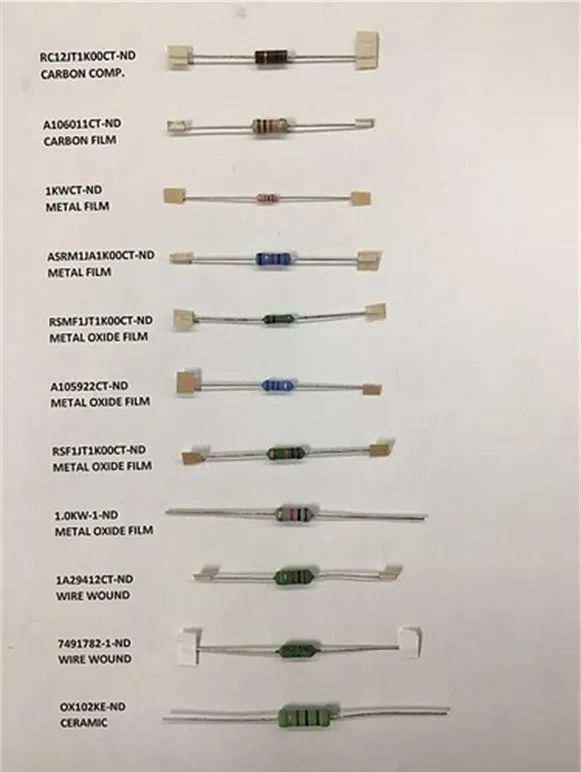
A variety of 1KΩ resistors. The physical size variation that may exist between the work rate and the resistance rating, even though different resistors have similar compositions
Carbide resistance
Carbide resistors are block types made of a material containing carbide by mixing powdered carbon with powdered ceramic or other temperature-resistant electrical insulation materials and organic adhesives. Electricity flows through a network of carbon particles that touch each other throughout the bulk material; By increasing the proportion of insulators used, the grid becomes thinner and the resistivity of the material increases. An early example was to simply wind two electrical wires around a cylinder and paint it to indicate resistance and provide some degree of protection. More modern examples are often encased in phenolic resin casings that provide mounting functions for the leads and a container for the carbide material, similar in characteristics to pencil leads.
They remained in common use for several decades around the 1960s due to cost, although the advantage has largely disappeared since then. Carbide resistance volume is large; Current carbide resistors can be up to ten times the volume of similar grade products in other technologies. They're not exact. The tolerance for the current example is as low as 5%, but this figure refers only to tolerance changes in manufacturing. It does not take into account other factors that may affect product measurements: humidity/humidity may cause tolerance changes of around 10%, and temperature may cause tolerance changes of around 10%. Because of these sensitivities, there is little point in trying to adjust them to exact values during production. They are the most common resistance technology and are found almost exclusively in through-hole packages. The carbon that forms their components is flammable, so they often catch fire during sustained overload or failure, and their maximum operating temperatures are significantly lower than many otherresistance technologies.
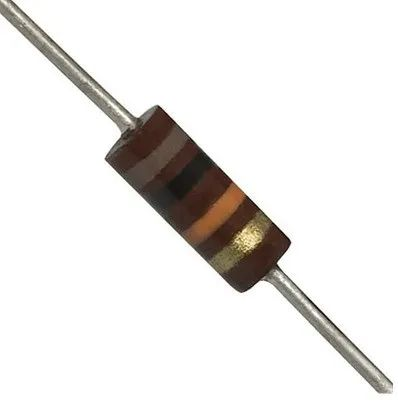
Carbide resistance Example (OD series of Ohmite)
Nonetheless, because of their block construction, carbide resistors are electrically very robust and tend to be exceptionally tolerant to high-intensity, short-term overload events such as electrostatic discharge. In this respect, carbide resistors are generally more robust than other technologies, by an order of magnitude or two. Within the limits of their package, they also exhibit relatively low parasitic inductance, which is often quite ideal in cases involving fast transients. For limited applications where these strengths are highly valued and other defects are tolerated, carbon resistors are a reasonable choice. In most cases, however, other types of resistors will serve the application better.
Carbon film resistance
Carbon film resistor is a thin film type of resistor produced using carbon as a resistance material. A significant improvement over carbide resistors is that they forgo measurement of electrical robustness in order to improve accuracy, stability, miniaturization, and improve current noise characteristics. Other thin-film resistors tend to go further in this direction, or get a better price while doing so, which is perhaps the preferred design for now. Part of the reason for this bias is that carbon is quite flammable, while conventional alternatives are not, and it is fairly common to avoid catching fire when something goes wrong with the product.
With the popularity of the through-hole type, the popularity of carbon film resistors appears to be decreasing. While the latter is still in use, other types of film resistors now come in through-hole packages, but surface mount carbon film resistors are rare.

Carbon film resistor Example (CFR200 series of TE)
Ceramic resistance
Ceramic resistors are based on their use of resistors formed from ceramic or ceramic composite materials, which differs from other types of resistors, which may use ceramic materials in their construction but are not the primary material through which the current flows. They are block resistors very similar to carbide resistors, with similar pulse tolerance, no inductance characteristics. In fact, because powdery ceramics are often used as a component of carbide resistors, there is a degree of classification overlap between the two. However, a distinction can be made based on the conductive material used and the way in which the synthetic material is mixed together; Whereas carbide resistors use carbon as a conductive medium only and use organic adhesives to link them together, ceramic synthetic materials can contain other conductive materials such as metals or metal oxides and join them together through sintering or hot melt processes. "Cermet" is the term commonly used for such materials in potentiometers. Ceramic resistors are capable of operating at significantly higher temperatures than the carbide resistors they replace, although they also tend to exhibit greater temperature coefficients; This combination often translates into about a 30 percent change in resistance over the product's operating range. As such, they are not well suited for small signal use, so they are mainly used where the power rating is at least greater than 1 watt.

Ceramic Resistor Example (OX series of Ohmite)
Metal resistance
Resistors with "metallic" components use bulk metallic materials as resistance materials and are usually applied to resistors well below 1 ohm. They are primarily used in current measurement applications where stable, known low-value resistors can accurately measure large currents without excessive voltage drops and power losses. Often referred to as shunt resistors, they typically feature 4-lead terminations for Kelvin-type measurement, which allows the measurement of the voltage occurring across the resistance with minimal interference or error with the interface resistance at the point of connection to the product.
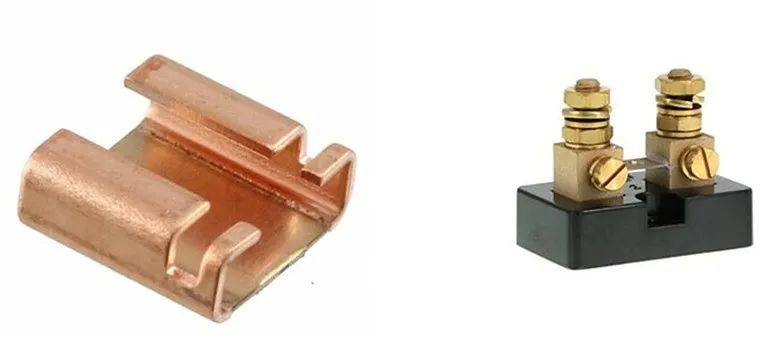
Example Resistors: Surface mounted (left) and base mounted (right) metal (not to scale)
Metal film resistance and film resistance
Metal film resistors and thin film resistors are based on similar production techniques, where the resistance component is formed from a thin (usually micron scale) film of metal applied to a ceramic substrate by a vapor deposition process and then trimmed to the desired resistance value. "The difference between metal film resistors and thin film resistors seems to be a context; In through-hole resistors, "metal film" resistors seem to be more common, where carbon film resistors are substitutes, while in chip format resistors, "thick film" may be substitutes, and "thin film" seems to be preferred. "Thin film" seems to be the term preferred for a precisely focused product, while "metal film" seems more commonly used for general purpose applications.
Compared to carbon film products, metal film resistors/thin film resistors have made further advances in accuracy, stability and noise performance, usually meaning further costs mainly for surge events. The total mass of the resistance components is small enough that such products are vulnerable to electrostatic discharge, and smaller package sizes and higher resistance values increase the likelihood of electrostatic damage. This small amount of constituent mass also makes the film resistance particularly vulnerable to chemical erosion, resulting in a small amount of material loss or chemical conversion resulting in failure.
In general, thin film/metal film resistors are the preferred technology for applications requiring accuracy and parametric stability at moderate cost. They are also favored for their low inductance, especially in surface-mount packages, and are often used in high-speed circuits.
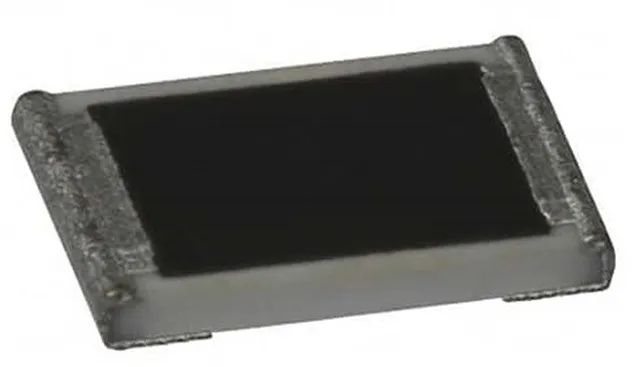
Example of a film resistor in a surface Mount package (Panasonic ERA-3A series)
Metal foil resistance
Metal foil resistors are made of relatively thick (a few microns or more) metal foil attached to an insulating substrate. At the time of writing, they are the preferred technique when accuracy and stability are required, with tolerances as low as ±0.005% and temperature coefficients below 1 PPM/°C. Other resistors have power levels of several watts or tens of watts, while maintaining excellent stability over time and temperature; Such resistors are well suited for trade-related metrology and other applications where maintaining accuracy under a range of conditions is important.
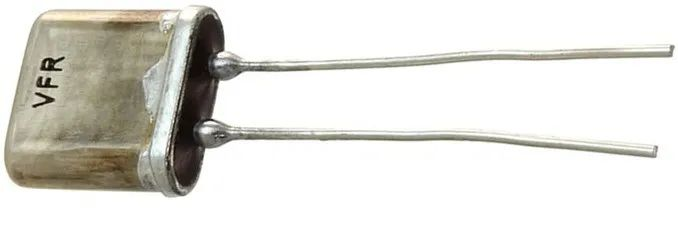
Sample Metal Foil Resistance (Vishay's VHP100 Series)
Metal oxide film resistance
Metal oxide film resistance is a thin film type resistance in which the resistance component is formed by an oxide of a metal rather than the metal itself. Essentially, metal oxides are the products of the residual combustion of the parent metal in oxygen, and these materials are predictably quite resistant to high temperatures; Because it's hard to light something that's already completely burned... The main advantage of metal oxide resistance comes from this property; Compared with the usual carbon and metal film resistors, they have higher maximum operating temperature and better pulse load handling characteristics. Initial tolerances are comparable to those in carbon film products, and oxide film products provide lower temperature coefficients; Compared with oxide film products, metal film products have improved in both aspects. Oxide film resistors are expected to provide better noise characteristics than carbon-based resistors, although not as good as those provided by metal film types. Most commonly found in through-hole packages rated 1-5 watts, oxide film technology is commonly used to produce very high resistance values in the 10 MΩ and higher range, although a full range of products from less than 1 ohm to higher resistance values are available.

Example of metal oxide Film Resistance (Yageo's MFR Series)
Thick film resistance
Thick film resistors in which the resistance components are deposited on the substrate by a method similar to screen printing. This process costs less than thin film deposition, and the thickness of the components is usually tens to hundreds of microns. Although the actual component thickness between "thin" and "thick" film products may overlap, the deposition method is the distinguishing factor.
The paste material used for the components in thick film resistors consists of a mixture of a finely divided resistance material and a more electrically insulating material that, after baking, solidifies into a glassy substance with a conductive mesh microstructure similar to that of carbide resistors. The difference in materials and the use of a thermal fusion process instead of an organic binder produce resistance components that are significantly lower than carbide resistors and more stable in parameters, but are still relatively noisy and temperature-sensitive compared to many other resistance components. However, the total mass of the resistance components tends to be much less than that of carbide resistors, so thick film resistors do have the potential to be sensitive to damage from ESD and similar transient phenomena, although they can provide maximum operating temperatures well above those of carbide resistors. The dressing method used to achieve the final value and the specific formulation of the thick film composition used have a great influence on the robustness of the terminal resistance, which is usually less robust than that of the film resistance.
Thick film resistors exist primarily in the form of surface mount, and currently dominate as a general-purpose resistor, ideal for applications that require lower cost (as opposed to thin film resistors) and require less noise and stability. For example, such applications might include ballast resistors for small indicator leds or pull-up resistors for logic signals.
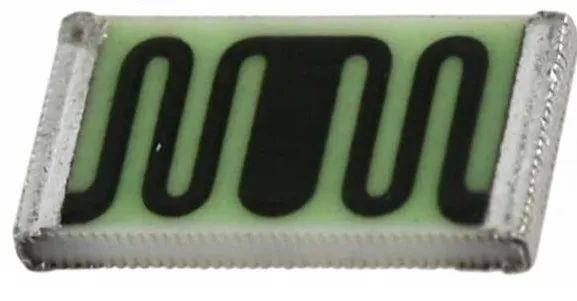
Example Thick Film resistor (HVC series of Ohmite)
Winding resistance
Winding resistors are constructed in the form of winding, mainly in the form of through-holes and base mounts. They are characterized by low current noise, good short-term overload tolerance, and often very significant parasitic inductance, which in some products is mitigated by the use of other wound configurations. Different products, tolerance and temperature coefficient are different; Designs with tolerances of less than 0.1% and temperature coefficients of tens of PPM/°C can be achieved, although at the time of writing, multiple available products have specified tolerances closer to 1% and 200PPM/°C or less.
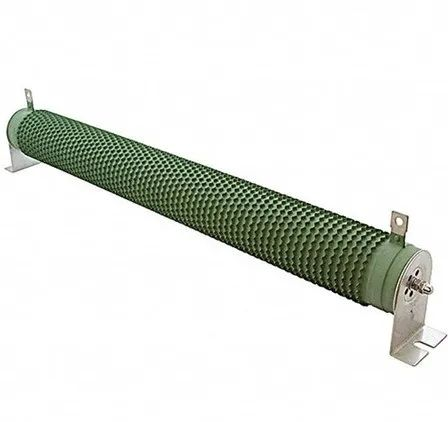
2.5kW winding resistance (TE series)
Summarize
Resistance is an electronic circuit in the application of a lot of components, we according to the circuit requirements, choose the appropriate resistor to optimize the circuit to adjust and stabilize the current and voltage, so that the design in the application of more accurate and reliable results.
| Numero di parte | Descrizione | |
|---|---|---|
| CFR200J100K TE Connectivity Passive Product |
Resistori da foro passante, RES 100K OHM 2W 5% AXIAL | RFQ |
| CFR200J10R TE Connectivity Passive Product |
Resistori da foro passante, RES 10.0 OHM 2W 5% AXIAL | RFQ |
| CFR200J470R TE Connectivity Passive Product |
Resistori da foro passante, RES 470 OHM 2W 5% AXIAL | RFQ |
| CFR200J1K0 TE Connectivity Passive Product |
Resistori da foro passante, RES 1.00K OHM 2W 5% AXIAL | RFQ |
| CFR200J100R TE Connectivity Passive Product |
Resistori da foro passante, RES 100 OHM 2W 5% AXIAL | RFQ |
| MFR-25FBF52-10K Yageo |
Resistori da foro passante, RES 10K OHM 1/4W 1% AXIAL | RFQ |
| MFR-25FRF52-100K Yageo |
Resistori da foro passante, RES 100K OHM 1/4W 1% AXIAL | RFQ |
| MFR-25FRF52-1K Yageo |
Resistori da foro passante, RES 1K OHM 1/4W 1% AXIAL | RFQ |
| MFR-25FRF52-10K Yageo |
Resistori da foro passante, RES 10K OHM 1/4W 1% AXIAL | RFQ |
| MFR4310E1MAE40 NXP |
Interfaccia - Speciali, COMMUNICATION CONTROLLER 40MHZ | RFQ |
Traction inverters are the main battery drain components in electric vehicles (EVs), with power levels up to 150kW or higher. The efficiency and performance of traction inverter directly affect the driving range of electric vehicle after a single charge. Therefore, in order to build the next generation of traction inverter systems, silicon carbide (SiC) field effect transistor (FET) is widely used in the industry to achieve higher reliability, efficiency and power density.
Do you know the 8 application circuits of operational amplifiers?
This technical presentation requires an understanding of how to configure an operational amplifier in a typical gain control circuit. The applications of linear and nonlinear digital potentiometers are discussed. This article gives an overview of the basic techniques required to convert audio and other potentiometer/op amp applications from conventional mechanical potentiometers to solid state potentiometers
The current in an electronic circuit usually has to be limited. In USB ports, for example, excessive current must be prevented to provide reliable protection for the circuit. Also in the power bank, the battery must be prevented from discharging. Too high discharge current results in too large voltage drop of the battery and insufficient supply voltage of downstream devices
Using advanced real-time control technologies such as motor control circuits with higher power density, higher integration and more efficient systems, better acoustic performance of the system can be achieved
Brushless direct current (BLDC) motors have been widely used in household appliances, industrial equipment and automobiles. While brushless DC motors offer a more reliable and maintainable alternative to traditional brushless motors, they require more sophisticated electronics to drive them
How to achieve precise motion control in industrial actuators
The NCP51820 is a 650 V, high-speed, half-bridge driver capable of driving gallium nitride (" GaN ") power switches at dV/dt rates up to 200 V/ns. The full performance advantages of high voltage, high frequency and fast dV/dt edge rate switches can only be realized if the printed circuit board (PCB) can be properly designed to support this power switch. This paper will briefly introduce NCP51820 and the key points of PCB design of high performance GaN half bridge grid driver circuit using NCP51820